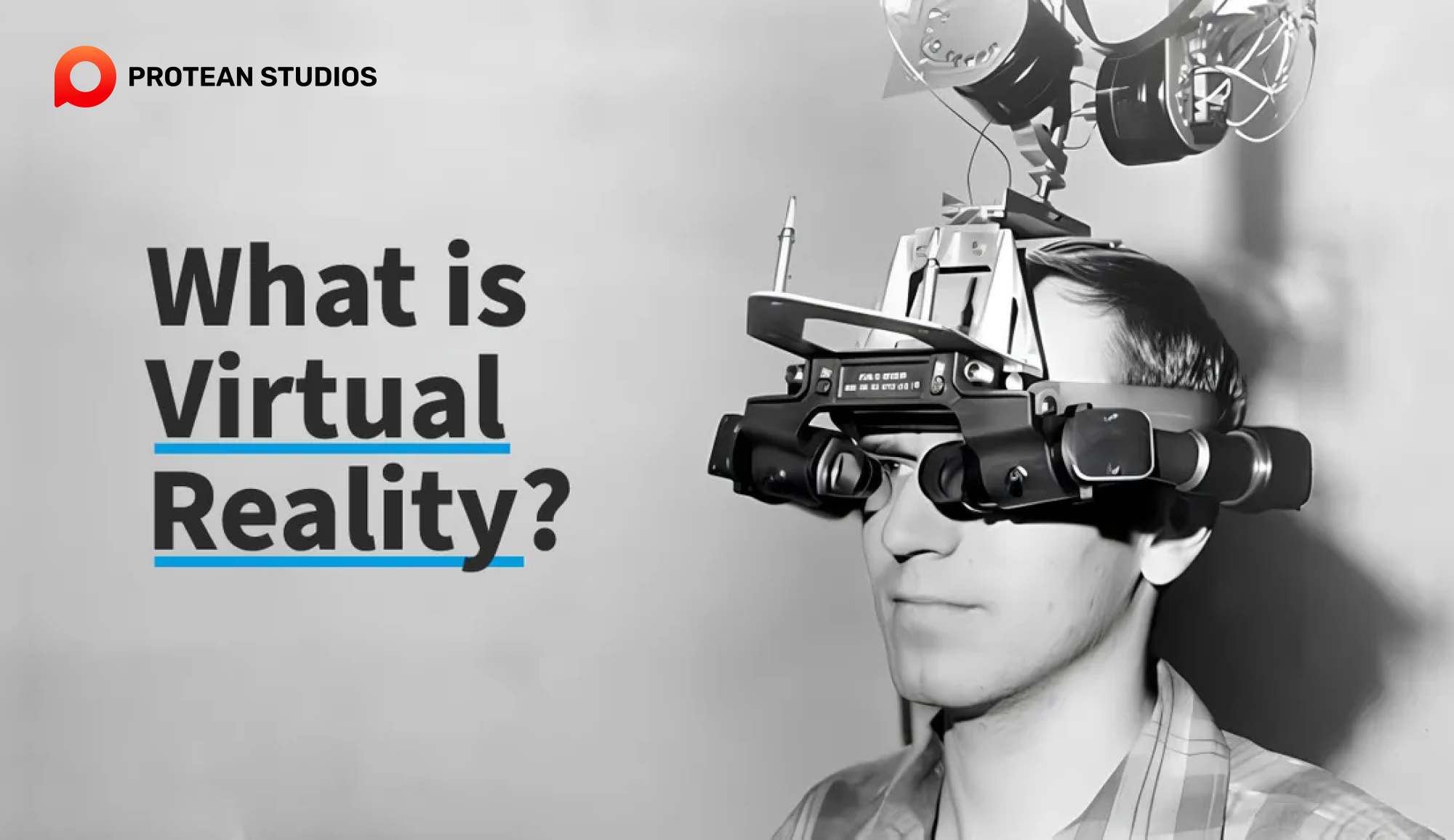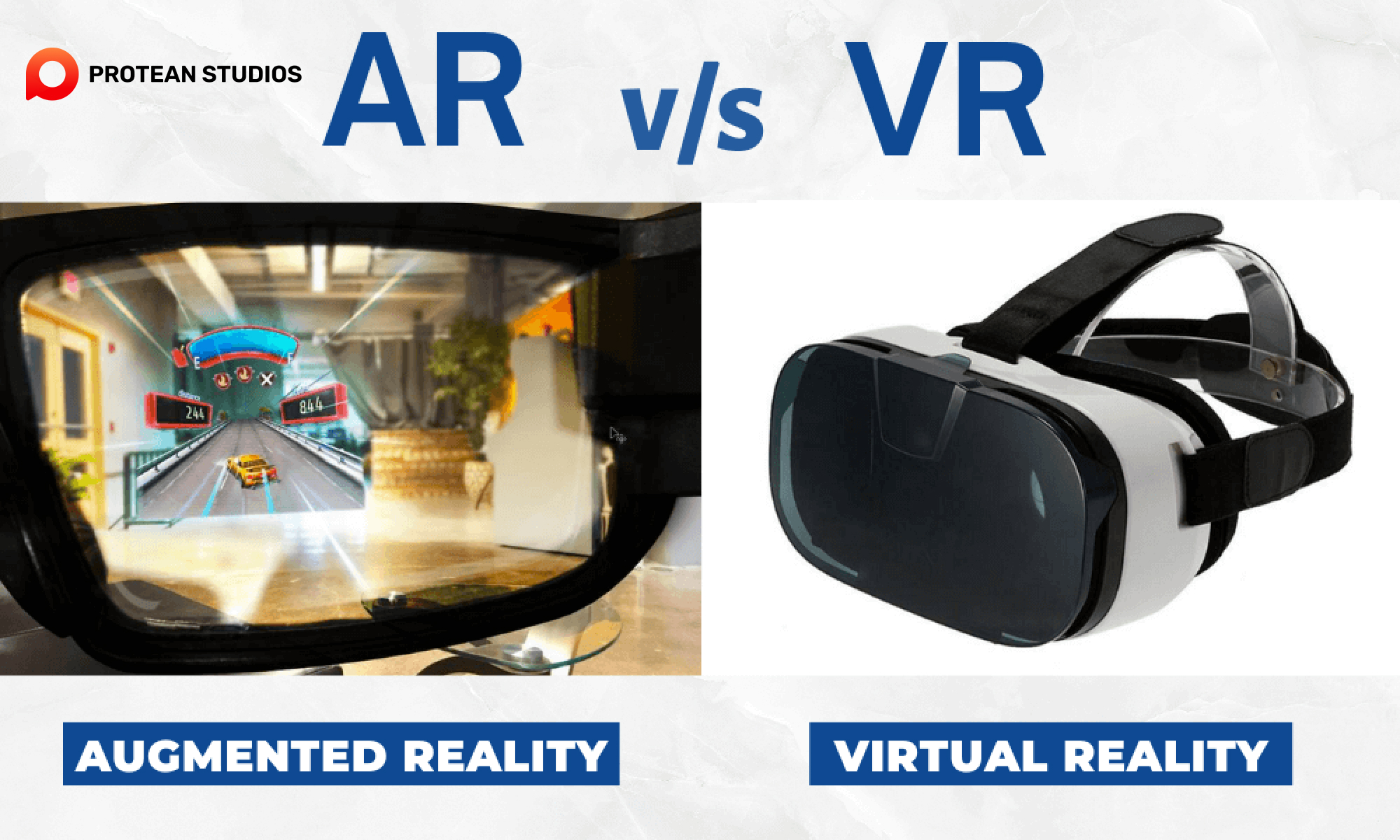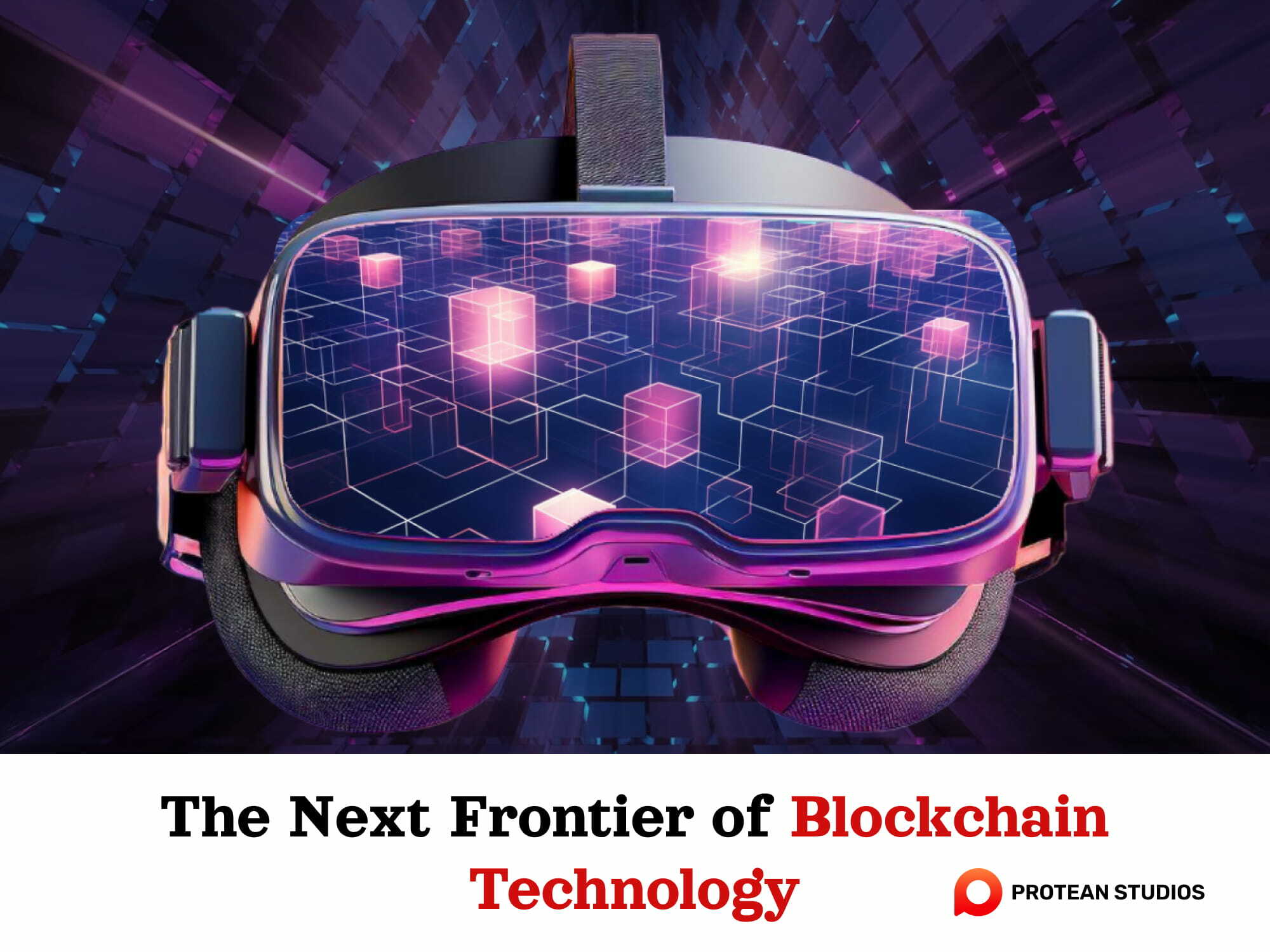Virtual reality (VR) and augmented reality (AR) have emerged as transformative technologies, blurring the lines between the physical and digital worlds. VR whisks us away to immersive, computer-generated environments, while AR overlays digital information onto our real-world surroundings. Both hold immense potential to reshape how we work, learn, and entertain ourselves. But as we hurtle towards a tech-driven future, one question begs an answer: Which technology will reign supreme?
This exploration delves into the strengths and limitations of VR and AR, analyzing their potential trajectories. By dissecting their unique applications and user experiences, we'll attempt to predict which technology is poised for greater future success. So buckle up and prepare to explore the exciting, yet uncertain, landscape of VR and AR!
Something about VR and AR
VR transports users into a digital environment, offering an escape from reality. It has made significant strides in gaming, education, and training simulations, providing experiences that are both engaging and educational. The future of VR seems to be heading towards more sensory-rich environments, with advancements in haptic feedback and spatial audio enhancing the user experience.
AR overlays digital information onto the physical world, enhancing one's perception of reality. It has shown immense potential in retail, design, and modeling, allowing for interactive experiences that can improve decision-making and learning processes. With the integration of AR into smartphones and the advent of AR glasses, its applications are becoming more accessible and widespread.

Read more: Grasping Virtual Reality and Augmented Reality
AR and VR Experiences in the Present Technological World
In today's tech world, AR (augmented reality) and VR (virtual reality) are making big waves, each finding its own special place. AR is used in many areas, like gaming, education, healthcare, and shopping. Games like Pokémon Go have shown everyone how exciting and interactive AR can be. VR is known for taking users to new places. It's popular in gaming, training, and simulations. VR games are now easier to access, and the gaming industry has changed a lot because of VR technology.
Exploring the Potential of VR and AR Across Industries
VR (virtual reality) and AR (augmented reality) are poised to revolutionize many fields, each offering unique advantages. Let's explore their potential impact across various industries:
Gaming Evolution: VR gaming is changing the gaming world by giving players immersive experiences. Euphoria XR, a top virtual reality app development company, is leading this transformation.
Training and Simulations: VR is useful for training in industries like aviation, healthcare, and defense. It provides a safe and controlled space for practical learning.
Virtual Tourism: With VR, people can visit faraway places from their homes. Virtual tourism is becoming popular, offering a realistic travel experience without the need to travel.
Retail and E-Commerce: AR improves shopping by letting users see how products would look in their real-life settings before buying. This makes shopping more interactive and informed.
Education: AR is revolutionizing education by making learning materials interactive. AR technology is used in textbooks, virtual dissections, and educational apps to make learning more engaging.
Healthcare: AR is making significant advances in healthcare, including surgical planning, medical training simulations, and guided surgeries with augmented reality.

Predicting Future Trends in the World of AR/VR
In the exciting world of immersive technologies, the debate between virtual reality (VR) and augmented reality (AR) is a hot topic. As we look at today's tech landscape and think about the future, the big question is: which will be more popular?
As we peer into the future, several trends are likely to shape the evolution of these immersive technologies:
1. AI Integration
Expect a powerful marriage between AR/VR and artificial intelligence (AI). AI can personalize experiences, adapt to user behavior, and create dynamic virtual or augmented environments. Imagine a virtual tutor that tailors lessons to your learning style or an AR shopping assistant that recommends products based on your preferences.
Learn more: Unveiling AGI: Exploring the World of Artificial General Intelligence
2. The Blurring Lines: The Dawn of Extended Reality (XR)
The distinction between VR and AR might become less clear-cut. We might see the rise of extended reality (XR), encompassing a spectrum of experiences that blend the virtual and real. Think of transitioning from a VR training simulation to interacting with colleagues in an AR workspace.
3. Lighter, sleeker, and more affordable: Hardware Advancements
Clunky headsets are on their way out. Advancements in display technology, miniaturization, and wireless connectivity will lead to lighter, more comfortable, and more affordable AR/VR hardware. This wider accessibility will fuel widespread adoption.
Other Articles: Visible and Invisible Tech Stacks
4. The Power of 5G: Unleashing Unprecedented Potential
The deployment of 5G networks will revolutionize the industry. Faster data speeds and lower latency will enable smoother, more realistic VR experiences and real-time processing for complex AR applications. Imagine intricate surgery practiced in VR with near-instantaneous feedback or flawless AR overlays on construction sites with minimal lag.

5. The Social Metaverse: Redefining How We Connect
AR/VR might revolutionize social interaction. We could see the rise of the "metaverse," a persistent virtual world where users can interact with avatars, attend virtual events, or collaborate on projects. This could redefine how we connect, work, and play in a digital space.
6. Ethical and Privacy Concerns: Navigating the uncharted
As AR/VR becomes more integrated into our lives, ethical and privacy concerns will come to the forefront. Issues around data security, user manipulation, and the potential for addiction in immersive environments need careful consideration. Striking a balance between technological advancement and responsible development will be crucial.
In conclusion, both VR and AR have bright futures ahead, with each carving out its niche in the fabric of our digital lives. While VR offers a complete immersion into virtual worlds, AR brings a layer of digital interaction to our physical surroundings. The race between VR and AR isn't about one outpacing the other; it's about how each can enhance our lives in unique and complementary ways.




